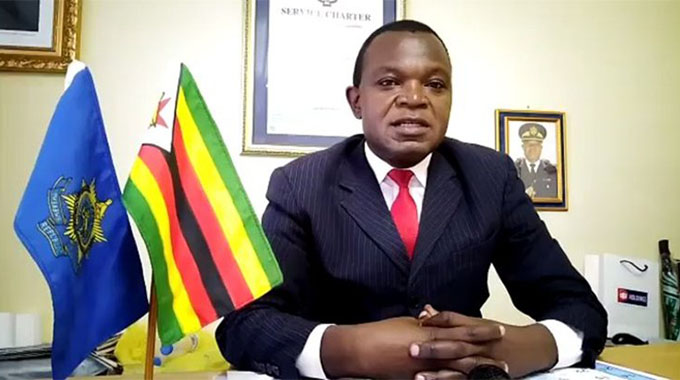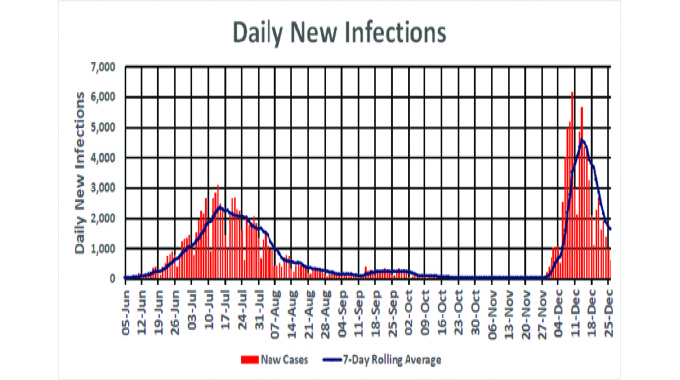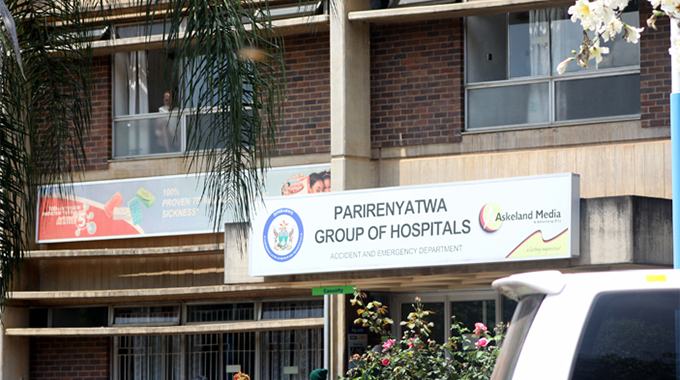Oxygen keeps Hwange’s belly burning

Mashudu Netsianda recently in Hwange
HORRIFIC decades-old infernos billowing ash and smoke are generating sinkholes that have subsequently consumed a key trunk road linking Makwika village (Number 3) and Hwange Town without any warning.
The road, which also links Makwika village with Madumabisa village (Number 2), has since been closed due to underground fires that cause the earth above them to cave in as the burning coal turns to ash, simultaneously fuelling oxygen supply.
A fire consuming coal bed moves up to two metres a month, and can easily spread to neighbouring coal deposits, making it difficult to determine the flame’s source.
The unusual phenomenon has induced panic and anxiety among the mining town’s residents amid perceived uncertainty and dangers posed by the underground coal seams from Hwange Colliery Company Limited’s (HCCL) vast coalfields.
Communities are concerned the underground fires could spread into residential areas if urgent measures are not taken to mitigate the impact.
Last month, an eight-year-old Hwange girl from Makwika village, Alisha Muzvite, succumbed to burns from underground fires, days after doctors had amputated her legs to minimise effects of the injuries.
She suffered third degree burns when she was literally swallowed waist deep by a fire hole at an old dump site in Makwika village.
Alisha had gone to relieve herself and was in the company of her aunt when the incident occurred around 4pm.
While in the bush, Alisha reportedly climbed a small hill made of rubble from the old mine dump and suddenly she was literally swallowed by the ground to waist level after she stepped on an underground fire spot.
Lately there have been numerous reports of residents who have died in disused tunnels as they scavenge for coke and the latest one is that of a 16-year-old boy who died last month.
Hwange residents use coke for cooking to augment electricity and some sell to truck drivers.
The conditions of living in the coal mining town literally put residents’ lives at risk as they try to eke a living or improvise.
Our Bulawayo Bureau visited the affected areas last Friday and observed some barriers put in place by HCCL to stop residents setting foot on areas designated as hotspots.
In separate interviews, residents said they were now living in fear of the ground opening up under their children’s feet and urged HCCL to act.
“For years, we have been witnessing these underground fires, but HCCL is not doing anything to address this issue. The road linking our village with Hwange Town and Number 2 has been barricaded because of these underground fires, but we have some people, especially children still using this road, which is dangerous,” said Mr Leon Malambo of Makwika village.
He urged HCCL to put more signs and fence off the hotspots.
“When it rains, the situation gets worse. The owners of the mine should take measures and ensure that these fires don’t spread to where people live. They should dig more pits to prevent the spread of fires.”
Ms Muongi Musiteera of Makwika said: “Since the eruption of these underground fires, the community is now living in fear such that we are now even scared of walking to town, especially now that the road linking our village has been affected. Worse still, we hear there is no permanent solutions to this problem.”
Ms Sikhangele Mathe of Madumabisa village said underground fires were also affecting livestock from neighbouring villages.
“I came here in 2014 and this place has a lot of underground fires and at night we see the flames. The problem with these fires is that you can’t see the fire and our children play in these hotspots,” she said.
“Last month there is a child who was severely burnt while chasing cows from straying into our garden. Although he has fully recovered, he is now nursing permanent scars. Now that the grass is green you will be walking thinking you are safe not knowing that underneath there would be underground fires.”
Mr Ndapota Sithole urged HCCL to erect more warning signs in hotspots and extend campaigns to all schools in the entire district.
Ward 15 Councillor, Lovemore Ncube, whose area covers Makwika village and Ngagula Township urged HCCL to fence off the hotspots to minimise casualties.
“We have old coal dumpsites, which are 40-years-old and now they are catching fire because coal is highly flammable and stays ignited as long as there is oxygen. Recently, a local girl died after she was burnt by these underground fires,” he said.
“We are appealing to Hwange Colliery Company Limited to do something about these dumps because we don’t want more casualties. They should rehabilitate these dumpsites so that as residents we are safe, especially children.”
Clr Ncube said although HCCL has barricaded the affected areas and erected warning signs, there was need to fence off all the affected areas.
“I feel the best thing is to fence off these areas so that children and animals do not stray into the dangerous areas. These dumpsites are waste of contaminated coal at Number 3 colliery mine and my ward is affected by fires between Kamandama and open cast mining area in number two near the graveyard,” he said.
“The road linking Makwika village and the rest of Hwange town has been barricaded and a detour has been created, which is however, still close to the affected area. There should be a lasting solution because these fires move underground and it is difficult to notice them.”
Clr Ncube urged HCCL to engage councillors and other stakeholders over the issue.
“Schoolchildren staying in Number 3 don’t have transport to travel to school and they walk to Number 2 using bushy pathways, which pass through the underground sites, which is very risky,” he said.
HCCL corporate affairs and public relations manager Dr Beaty Mutombe said the company has intensified awareness campaigns and that plans were underway to engage a German company to do an assessment of the area. The company has also acquired a drone for surveillance purposes.
“As HCCL, we are very much alive to these coal seam underground fires and it’s important for the public to know that we have been in existence for a very long time. “We have put measures in place to control those fires although these undergrounds are difficult to contain,” she said.
“Globally underground fires are a menace even in the first world and a good is example is Germany, which is known for high technology but they have underground fires, which date back to the 18th century.
“In fact, we have other countries using these underground fires as tourist attractions.”
Dr Mutombe said when HCCL noticed the underground fires, the company took precautionary measures such as barricading the affected road.
“Those fires are localised and according to the survey that we have done about 150 metres of the road that we barricaded, has been affected. Underground fires are hazardous even to surface infrastructure like the electricity pylons and we have since diverted them,” she said.
Dr Mutombe explained that the concerned underground fires were nowhere near residential areas.
“We have put signages to make sure that people don’t use those roads. In our awareness campaigns we have gone to schools to make sure that school children are aware of the dangers associated with these fires,” she said.
“We have also gone to communities in Hwange and surrounding villages in our campaigns. We also have engaged community leaders and we are using all local languages to spread the message about the dangers associated with underground fires,”
As a mitigatory measure, Dr Mutombe said a Germany company with heat-sensing satellites has been engaged to map the fires and assess the extent at which the fires have spread.
“We were supposed to have started this exercise last month, but due to Covid-19 restrictions we were forced to postpone the exercise to the first quarter of 2022,” she said.
“The equipment that they have can detect the fires around all our concessions. As a short-term measure, we have invested in a drone, which has a thermal camera.
“We have licensed it and our pilots are almost completing their training. The drone will hover around concessions and it will be assisting in locating trespassers.”
Dr Mutombe warned residents against trespassing in the danger zones, saying HCCL is not obliged to compensate the victims.
“In our mining process, there is a lot of blasting and when doing so you have cracks and that is where oxidation takes place resulting in underground fires. If we notice any hotspots, we will then quickly barricade the areas,” she said.
“When people see barricades and warning signs, they should not enter those zones.”
According to Global Forest Watch, coal seam fires, which happen when a layer of coal ignites, are hard to detect and even harder to extinguish.
There are thousands of them burning around the world in coal-mining countries, estimated to cause 40 tonnes of mercury to enter the atmosphere each year and representing three percent of the world’s annual CO2 emissions.
According to experts, the ash and fumes that coal fires spew contain toxins and poisonous gases, including mercury, lead, arsenic carbon monoxide and sulphur dioxide, contaminating the air, water, and soil.









Comments